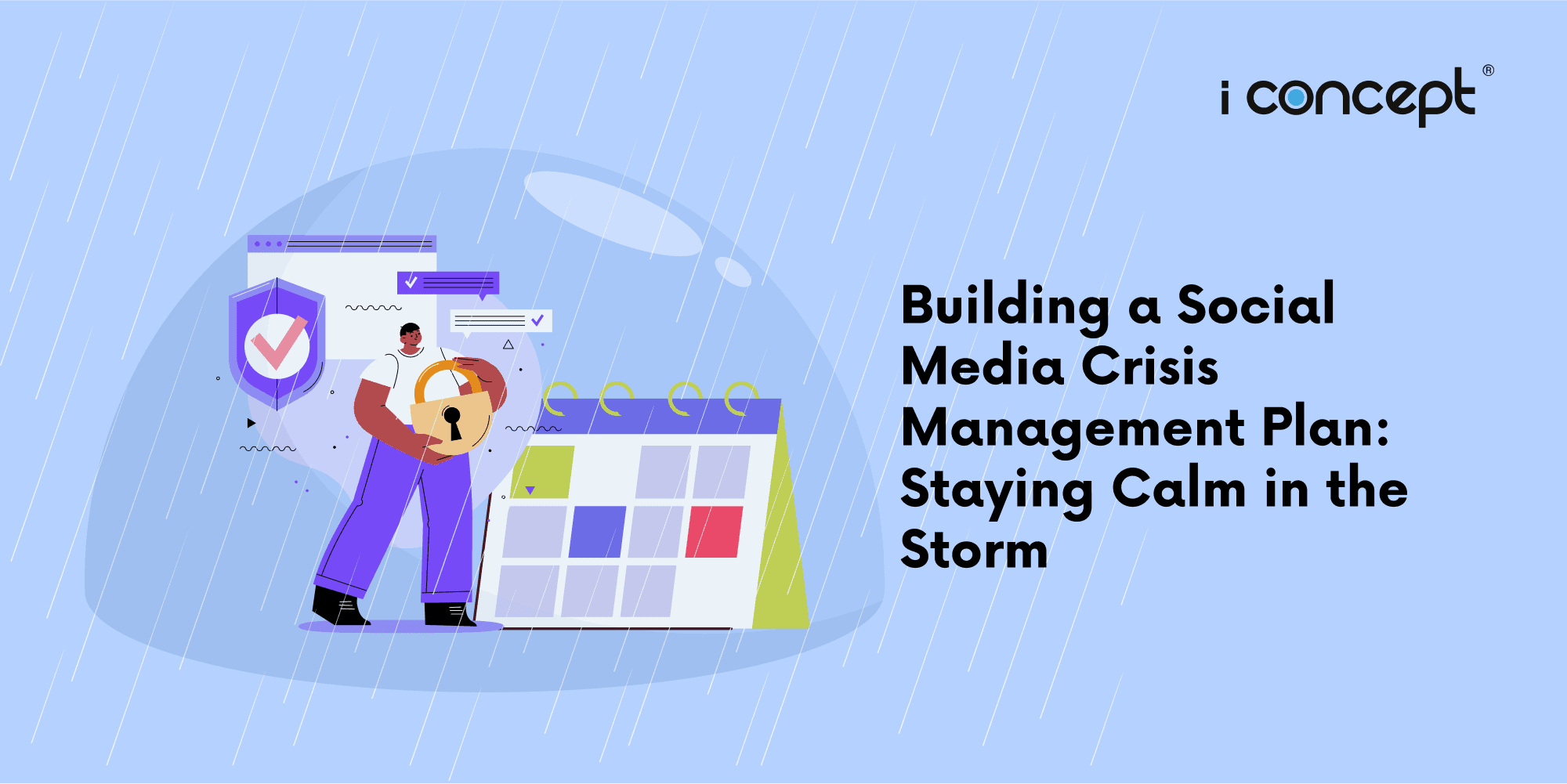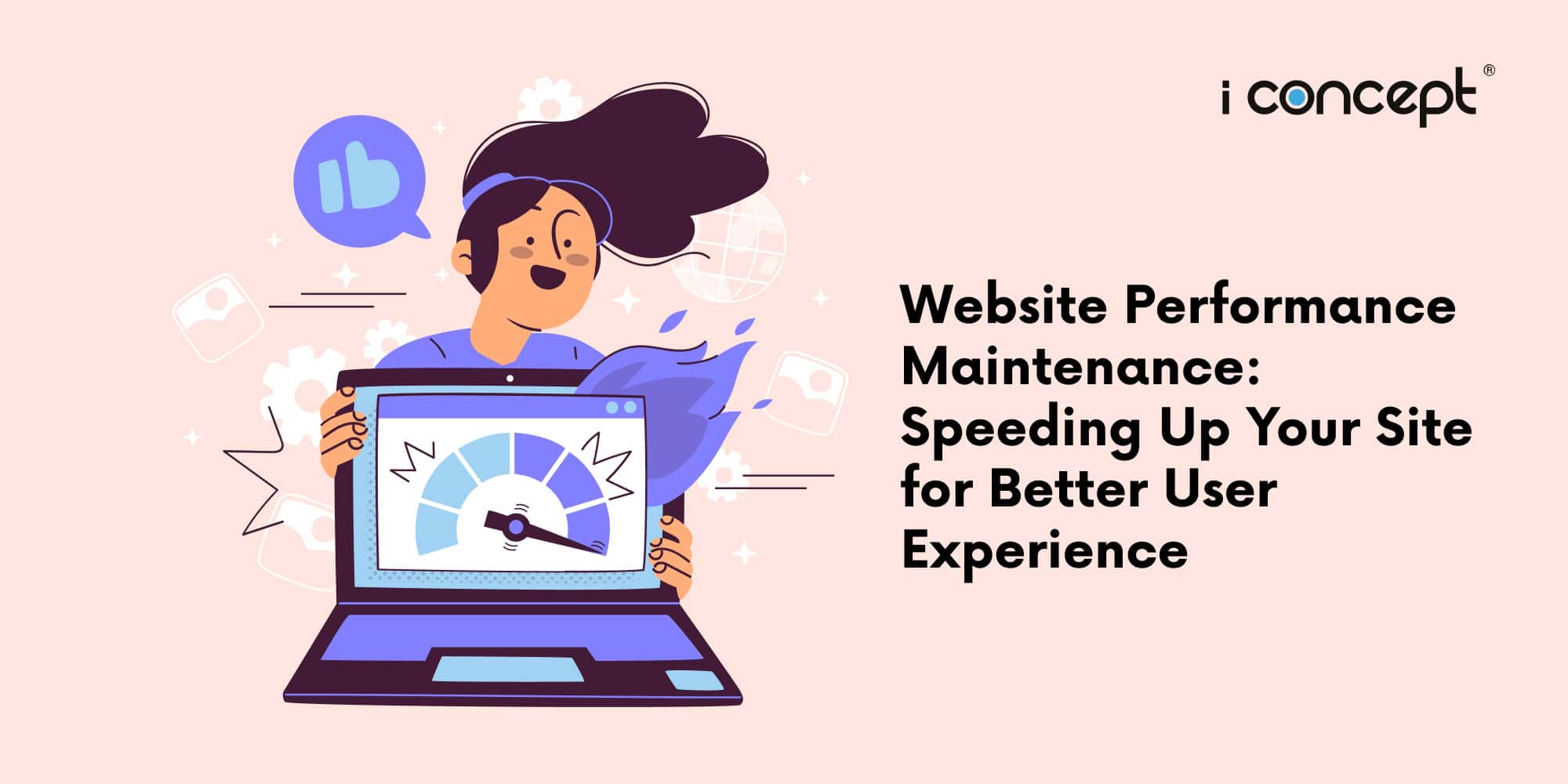In some ways, branding is like your diet and exercise regime.
You can eat well and exercise right for a month – but pig out for a week and you’ll see your gains go bye-bye.
For a brand, all you need is a viral post talking about a bad product or service, a data breach, an insensitive statement posted by a stakeholder or even just a rumor spreading online to undo tons of brand equity that were previously built up.
With more and more consumers interacting with brands on social media, you can actually leverage this reactivity on the platform to effectively address and mitigate the crisis of the day. The key is to be prepared for the unexpected and to react swiftly, strategically, and with empathy.
Putting a Plan Together
So what does one do when a social media crisis happens? Here are the essential steps.
1. Crisis Team, Assemble
First things first, form a dedicated crisis management A-team. Think this is a one-person job? It isn’t. Typically, this team should include representatives from:
- Communications/PR: For crafting key messages and managing public perception.
- Marketing: To understand brand voice and audience.
- Legal: To advise on potential legal implications and compliance.
- Customer Service: To handle direct customer interactions and feedback.
- Senior Management: For ultimate approval and strategic direction.
Ensure that each team member’s roles and responsibilities are clearly defined and chain of command to be clear. Define clear workflows and set up dedicated and unified modes of communications so that everyone can be on the same page as soon as the hammer drops.
When American Airlines faced a critical incident in January 2025, they swiftly activated their social crisis protocol within an hour, posting updates, deploying support resources, and sharing a video message from their CEO. This immediate and clear response was crucial in protecting their reputation when every moment counted, ultimately leading to greater control of the narrative, reduced misinformation, and a quicker path to rebuilding public trust, all facilitated by a unified response team and a single source of truth.
2. Identify the Crisis
Before you communicate internally or publicly, take a moment to understand the origin, scope, and underlying emotion of the crisis. Begin by documenting the event’s details to give your team a clear point of reference and help everyone visualise what’s happened.
Think like a reporter and answer the five W’s:
- Who was involved initially and since?
- What happened – just the facts, like a detective.
- Where did it occur – on social media or at a physical location?
- When did it start, being as specific as possible since every minute counts?
- Why did the crisis begin? Was it a genuinely upset customer or perhaps an accidental post by an intern?
In 2024, Chipotle faced a wave of backlash from social media users who claimed the chain had reduced portion sizes in some of its popular dishes. In response, Chipotle’s CEO issued a statement via a video, which was then shared on TikTok.
3. Develop Communication Guidelines and Pre-Approved Messages
Preparation is key. Draft a series of pre-approved statements, holding messages, and FAQs for various crisis scenarios. Consider:
- Acknowledgement: “We are aware of the situation and are investigating.”
- Apology: If appropriate, a sincere and timely apology.
- Action: What steps are you taking to resolve the issue?
- Information: Where can stakeholders find more information or updates?
Ensure these messages are consistent across all platforms and align with your brand’s tone of voice.
4. Tailor Your Response to the Crisis
As the term implies, guidelines are the backbone of a crisis response, but not a one-size-fits-all solution. When a crisis actually hits, you’ll need to be on the ball, ready to craft the right responses, not just send out generic messages. There’s nothing worse than a half-hearted or short-sighted answer to further upset your audience.
Your response strategy should cover these key areas:
- Triage: Decide on immediate actions. Will you delete the offending post? Should you publish an acknowledgement post before your official statement?
- Key Messaging: Craft your official response. This needs to include the context of the crisis, how you plan to address it, and what people can expect next.
- Channels: Determine which social media platforms you’ll use for communication, along with other channels like email and press releases.
- Training: Ensure customer-facing employees (such as those in customer service and sales) are thoroughly educated, as they’ll likely be fielding questions about the crisis.
- Incoming Messages: Outline how you’ll handle emails, direct messages, and comments across all social media platforms.
- Monitoring: Specify which platforms and media sources you’ll continue to monitor both during and after the crisis unfolds.
5. Post-Crisis Analysis and Review
Once the dust settles, the work isn’t over. This part is as critical as any, as it allows your team to grow from the experience.
Conduct a thorough post-crisis analysis by asking:
- What happened?
- How did your team respond?
- What went well?
- What could be improved?
- Did the crisis impact your brand’s reputation or bottom line?
Use these insights to refine your plan, update protocols, and train your team further. Every crisis, handled well or poorly, offers valuable lessons for future preparedness.
Build Engagement Before Crisis Strikes
Ultimately, social media serves as a powerful crisis management tool only if you’ve consistently fostered genuine engagement – and that in itself can be tricky. Some of the best solutions involve bringing in a creative agency with the expertise, resources, and talent to ensure you’re always on the right side of your audience.
Discover an Agency That Knows How to Speak to Your Audience
We at I Concept are a fully integrated creative agency specialised in helping your brand reach hearts and minds, from the AI space, the digital sphere, right down to physical spaces as well.
We’re the perfect-sized solution for businesses like yours. We offer the expertise and creativity of a large agency, without the hefty price tag. We’re nimble enough to adapt to your changing needs, and focused enough to give you the personalised attention you deserve.
Our expertise ranges from branding in Singapore, digital marketing, web design, development and maintenance, digital copywriting, logo design for the company, ecommerce development, and more, making up a comprehensive range of services to help businesses thrive in today’s competitive landscape.
Plus, with the support of government initiatives like the Enterprise Development Grant and Productivity Solutions Grant (PSG), businesses can access funding to invest in innovative marketing campaigns. Apply for the PSG now to kickstart your digital marketing journey with I Concept.
Contact us today!










